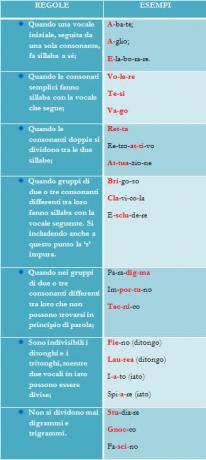THE natural selection it is an evolutionary mechanism in which the organism best adapted to live in a certain area and in a period of time is selected. In this way, organisms that have a greater ability to survive reproduce more easily and pass on their characteristics to their descendants. This mechanism was proposed by Charles Darwin and emphasizes how the environment acts on the evolutionary process.
→ Types of natural selection
There are three types of natural selection: directional, stabilizing, and disruptive.
⇒ Directional selection: it is one of the simplest forms of natural selection. Is it over there select one of the extreme phenotypes and is responsible for most of the phenotypic changes that occur during the evolutionary process.
Imagine that there is a species of fish with small, medium and large individuals. Larger fish are often caught using nets. Therefore, small individuals have an advantage over others, since, at the time of fishing, they are not caught. The small ones, then, have a greater chance of survival and reproduction, since they are more apt to the conditions at that time, which causes a directional selection.
A real example of directional selection can be seen when analyzing the selection of resistant bacteria. mutations they arise at random and those that guarantee the bacteria protection against the antibiotic end up causing them to be selected.
⇒ Stabilizer selection: This type selects individuals with intermediate phenotype, ie closer to the average. The extremes, in this case, have a disadvantage over the others, not being selected.
This selection can be observed when analyzing babies of the human species. These are usually born weighing around 3.3 kg, a weight that represents lower mortality. Very young or very large children are at more risk of death and therefore selection does not favor them.
It is noteworthy that this selection acted a lot in the past, but, currently, with the advances in medicine, very young children have technologies in their favor, such as the incubator, which guarantee their survival. In addition, large children can be born by caesarean section, preventing injuries at the time of delivery.
⇒ Disruptive selection: in this case, the extremes are favored. As an example, we can mention the species Passerina amoena, which has bright bluish colored individuals, brownish colored individuals, and other intermediates. In that case, blues are better at getting territories and breeding. The brown ones are ignored by the bluish ones and they also manage to reproduce. On the other hand, those with an intermediate coloration are noticed by other males and are not so specialized to get territories, reproducing less.
By Ma. Vanessa dos Santos
Source: Brazil School - https://brasilescola.uol.com.br/biologia/tipos-selecao-natural.htm


